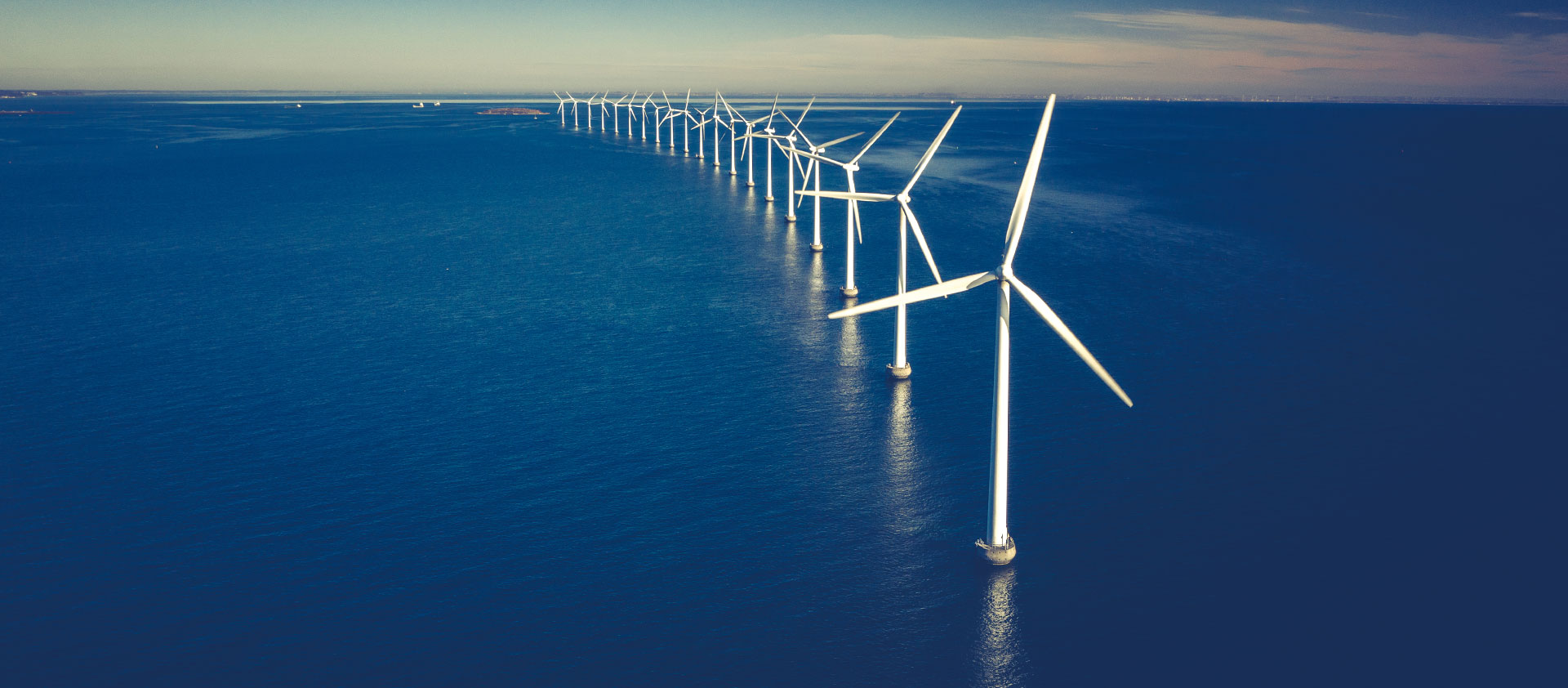China
AER AGL Aluminium Batteries Battery Budget BYD CATL CBAM China Coal Critical minerals Decarbonisation Diesel DMO Election Electric Vehicle Electricity/electrification electrostate Energy crisis Federal Election Finance Sector & Emissions Gas Green Iron/Steel Hydrogen India & Adani Methane Nuclear offshore wind Oil OP EDS Peter Dutton Podcasts Renewables Solar Tariff Taxes and subsidies US IRA/EU NZIA et al Wind
Macro look at the global geopolitical energy landscape
SIM-PAC Live
Australia’s renewable energy leaders address the orange elephant in the room
Capital Brief
Mining Weekly | IMARC 2024: Australia’s green industry aims on a knife’s edge
___
Hope grows for India-China economic ties amid Trump’s tariff threats
South China Morning Post
Business Upturn | China’s global decarbonization drive: leading the renewable energy revolution
___
China’s cleantech boom fuels its confidence on the climate stage
The Financial Times (UK)
OP ED | Under Trump, the US will forfeit the global clean tech race to China
South China Morning Post
OP ED | United States Studies Centre | The Debate Papers: Should the United States, Australia and like-minded allies cooperate or compete with China when it comes to fighting climate change?
___
China’s Investment Lead on Solar, Wind ‘May Fade Entirely’ by 2027
___
What happens when China becomes the green tech superpower?
Japan Times
Solar and batteries steal the show, but world needs more renewables quickly to meet 1.5°C target
Renew Economy
PODCAST | China, India and Australia 2024 Update
___
